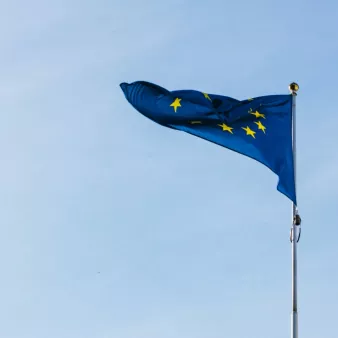
The new EU regulation NIS2 is the talk of the town in the IT world this year. Like GDPR a few years back, much of the focus has been on the fines non-complying organizations face.
But it will also bring organizations up to a higher level of security while at the same time increasing awareness and cooperation throughout the entire European Union.
NIS2 will also give many organizations, not just the ones identified as essential or critical, an excellent reason to increase risk assessment, employee awareness, and overall security.
If you need help to begin the NIS2 project for your organization, this article will help you get started. Of course, you are always welcome to contact us for additional information on how to make your organization NIS2 compliant.




